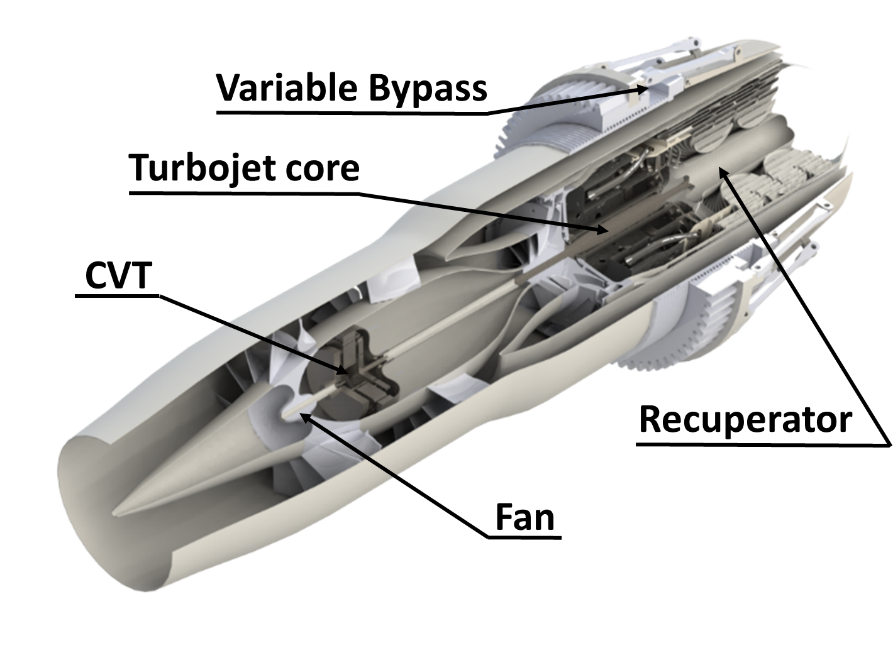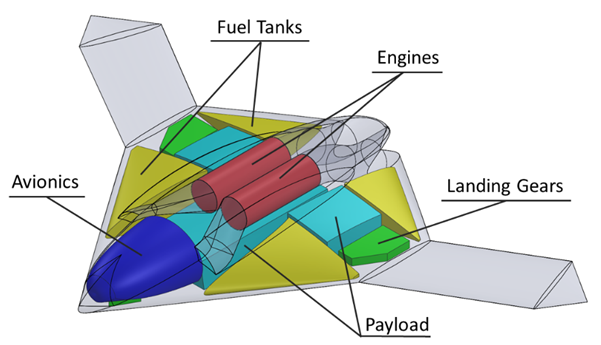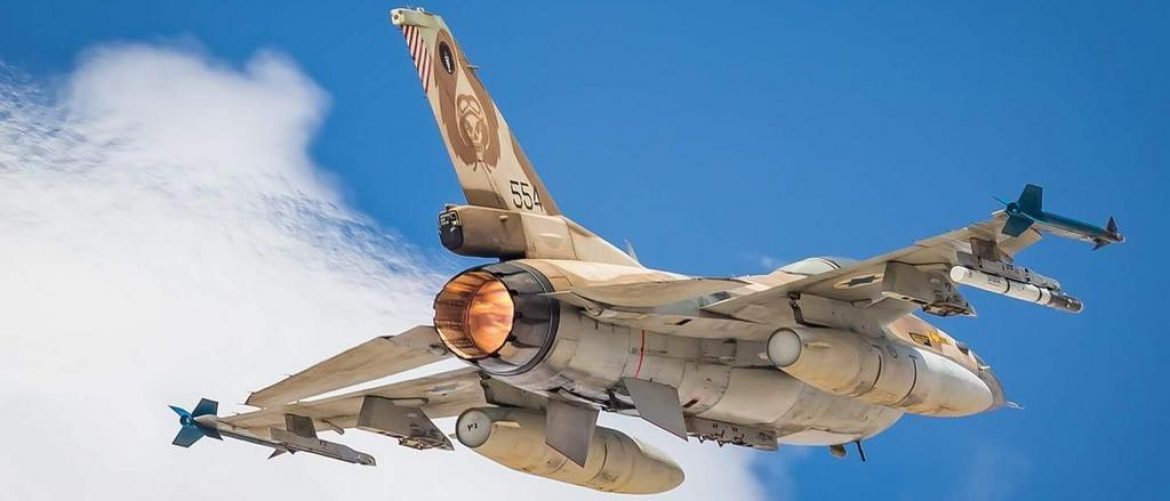The project was conducted by graduate student Mr. Michael Palman

As operational envelope of unmanned air vehicles expands into high sub-sonic and transonic speed range, the engine design process requires compromises in thrust, weight, fuel consumption, size, reliability, and manufacturing cost. Moreover, engine requirements for multiple operating points (loitering and high-speed cruise) are conflicting design criteria for an efficient propulsion system. Nowadays the vast majority of modern UAV platforms are intended towards low speed applications. Therefore, the thrust is typically generated by an internal combustion engine, which drives a propeller. The typical thermodynamic cycle efficiency of these small-scale Gasoline Direct Injection or Diesel engines are ~ 35%. However, this propulsion scheme that utilizes a reciprocating engine is unsuitable for high speed flight.
Durable, highly efficient and lightweight turbofan engine is proposed to replace the current internal combustion engines. The proposed solution involves a single shaft micro turbojet to micro turbofan conversion via introduction of a fan coupled with a continuously variable transmission and a variable bypass nozzle. Later such engine can be upgraded with exhaust gas recuperation, which will significantly boost engines efficiency.

Illustration of CVT Coupled Turbofan with Variable Bypass Nozzle and Recuperator
As micro gas turbine market suffers from restrained design costs, in order to shorten the design process to a minimum and to increase engine maintainability, the aspiration is to entail as few changes to the core as possible. The solution should significantly improve maximum thrust, reduce fuel consumption by maintaining the core independently running at its optimum, and enable wider operational range, while preserving simple single-spool configuration. Moreover, the variable fan coupling would allow real-time optimization for several operational modes. In addition to controllability benefits, the acquired thrust increase directly translates into greater take-off weight, while independently varying bypass area and fan speed enable transonic flight and general reduction in fuel consumption. The combination of these effects yields an increase in range and loiter time. The aircraft architecture equipped with this adaptive engine can realize unique missions that were prior unattainable or required different UAV propulsion systems. One of such representative missions on which was decided to demonstrate engine performance, could be a surveillance mission.

Possible UAV Platform Layout
For the analysis of the surveillance mission, a remote location is considered to suffer from a natural disaster. There is an urgent need to provide surveillance assistants to rescue teams on the ground. To answer their call, UAV powered by two adaptive engines will be sent to support. The UAV will ascend to 9 km altitude and cruise towards disaster region at Mach 0.9. Then it will loiter above a target maximum time possible at 5 km altitude. During this hypothetical simulation we compared performance of different engines architectures. The UAV powered by variable-gear/variable-bypass turbofan showed superior performance and was able to stay 60 minutes more above the target location, resulting in 20% additional loiter time in comparison to other propulsion systems.

| Comparison of Various Engine Architectures Through Thermodynamic Analysis: (a) Take-off, (b) Loiter, (c) Cruise |

